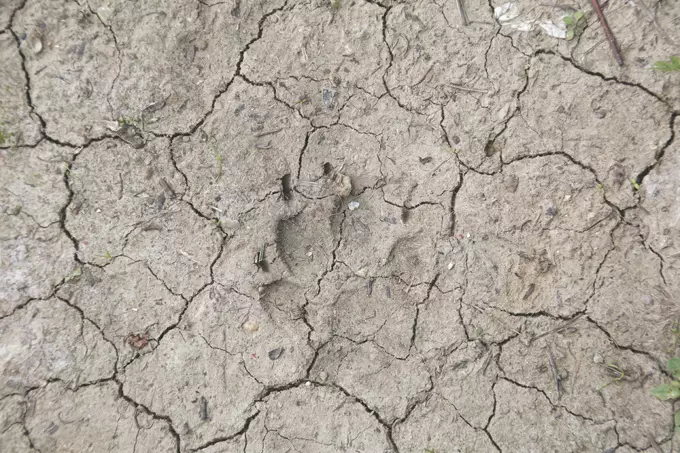When your furry friend shows signs of distress, particularly with cracked or dry paw pads, it’s crucial that your first port of call is the veterinarian. While the visible symptoms may appear minor, underlying health issues could be the root cause of the cracking. Conditions such as diabetes, allergies, or skin infections can contribute to this problem. A vet’s examination, potentially involving blood tests or biopsies, ensures that you’re not overlooking a serious condition. It is essential that pet owners take this step seriously to provide their dogs with the best chance of healing.
Understanding the Necessity for a Gentle Touch
If the veterinarian confirms that the paw pads are physically normal yet still exhibit dryness or cracks, the next step is to alleviate discomfort and promote healing. Stepping away from rough terrain is vital as it can exacerbate the issue, making it all the more critical to provide a safe environment for your dog’s paws. Additionally, utilizing animal-safe moisturizers presents a valuable option, but caution is warranted. You should only apply products approved by your veterinarian, as dogs tend to lick their paws, which could lead to ingestion of harmful substances. Always start with a small quantity and ensure that it is absorbed thoroughly, prioritizing your dog’s safety and comfort.
Environmental Factors and Their Role in Paw Health
The environment plays a significant role in your dog’s paw pad health. For instance, during winter months, salt used for de-icing roads can be an irritant to your dog’s sensitive pads. After walks, make a habit of gently wiping your dog’s paws to remove any residual salt and debris. This simple act can prevent further irritation and allow the skin to normalize over time. On the other hand, summer brings its own challenges; hot asphalt can cause burns or aggravate existing cracks. Awareness of your dog’s surroundings, especially during temperature extremes, is essential for their paw pad health.
Boots, Treats, and Positive Reinforcement
One effective strategy for protecting your dog’s paws is the use of booties when venturing onto potentially harmful surfaces. Although many dogs may initially resist wearing them, introducing booties gradually can facilitate the acclimatization process. Start in the comfort of your home, combining wear time with treats and positive reinforcement. This training not only allows your dog to associate the booties with treat rewards but can also lead to a more favorable attitude towards wearing them outdoors. Investing time in this training can go a long way in preventing paw injuries in the future.
Creating a Holistic Healing Environment
Ultimately, healing cracked paw pads isn’t solely about addressing the symptom; it encompasses the entire care protocol you provide your furry companion. A holistic approach taking into account diet, environmental factors, and regular check-ups can go a long way in maintaining your dog’s paw health. By focusing on comprehensive care, not only can you heal existing cracks, but you can also bolster the resilience of your dog’s paws against future irritants. This proactive management reinforces your bond with your pet, highlighting the importance of attentive and informed pet ownership.

